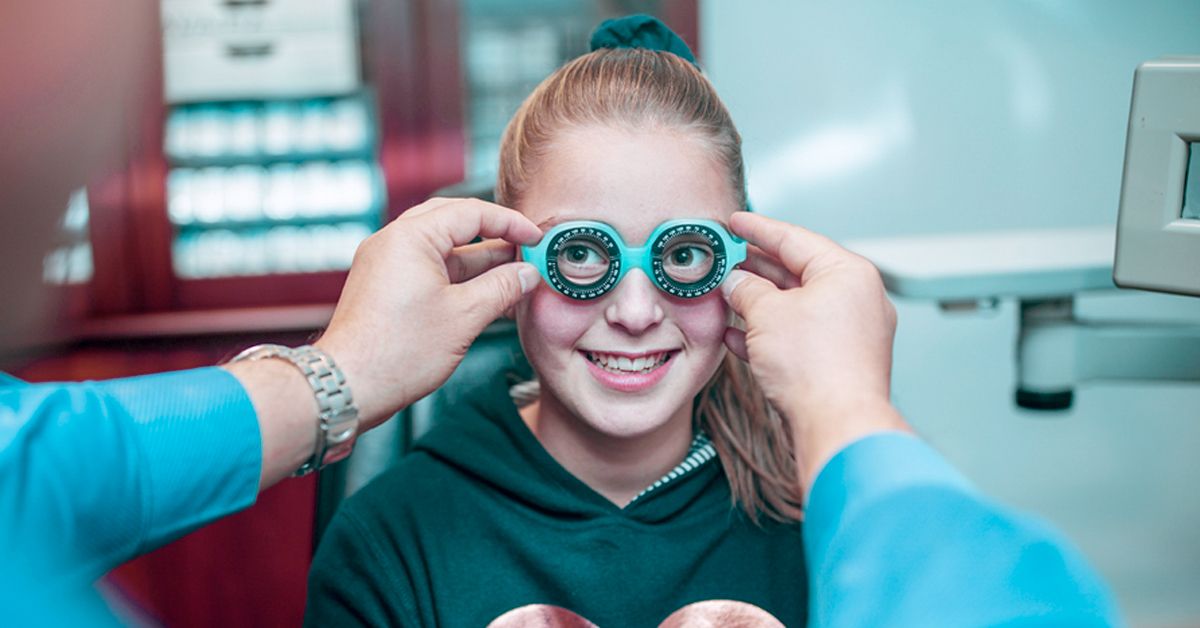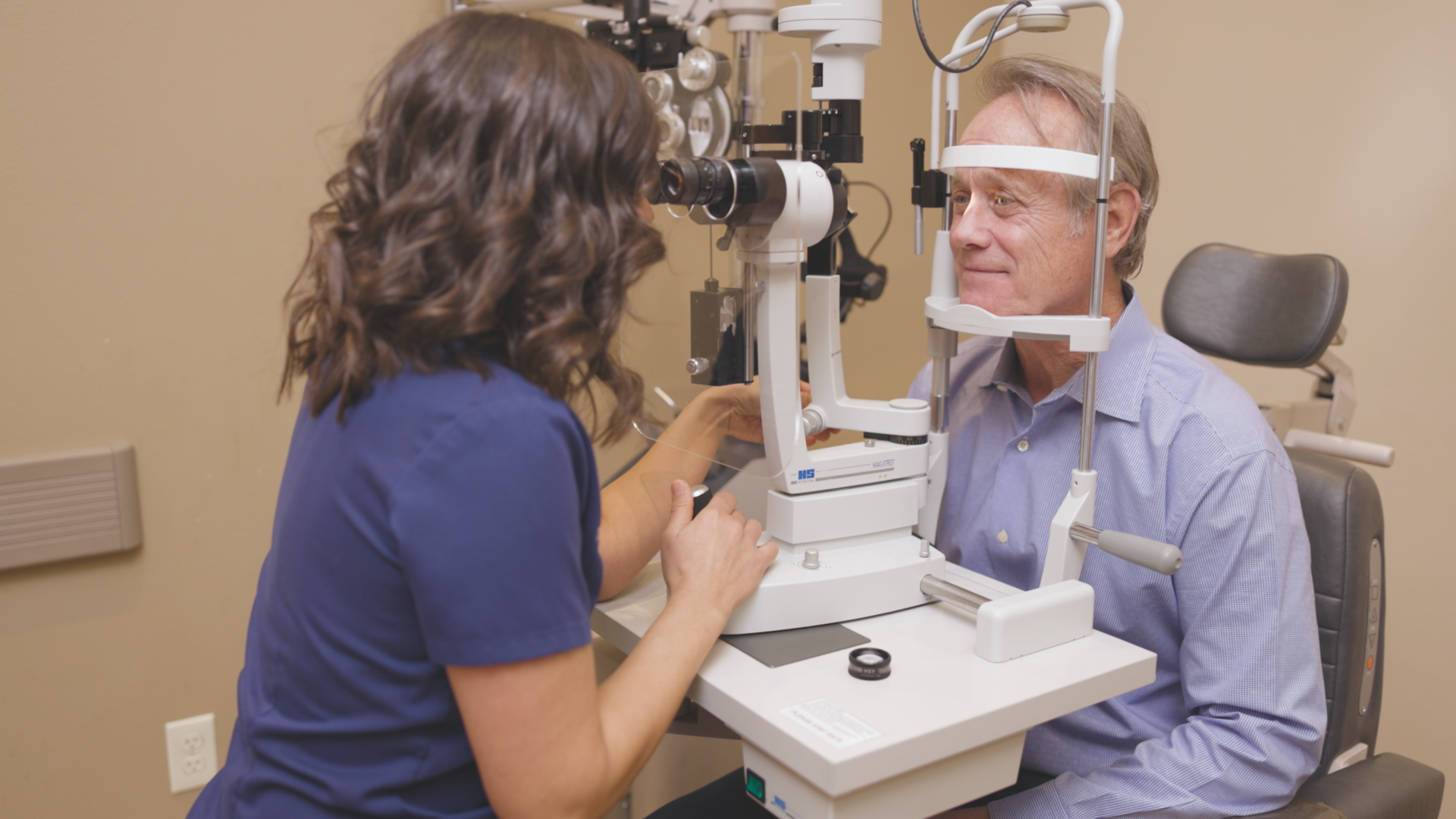Top Reasons to Visit an Optometrist Chino for Your Eye Health
Top Reasons to Visit an Optometrist Chino for Your Eye Health
Blog Article
Checking Out the Latest Technological Innovations in Optometry and What They Mean for Optometrists
From the precision of Optical Coherence Tomography to the nuanced insights offered by AI-driven diagnostic tools, these technologies are establishing new criteria in client analysis and treatment. As these developments penetrate the method, eye doctors are faced with the obstacle of welcoming these tools to improve individual end results.
Innovations in Diagnostic Devices
Progressing the field of optometry, technologies in analysis devices have actually changed the way eye care experts evaluate and detect aesthetic impairments and ocular conditions. The past decade has witnessed substantial technical advancements, allowing even more exact and comprehensive analyses. Optical Coherence Tomography (OCT), as an example, offers high-resolution cross-sectional photos of the retina, enabling the very early detection of diseases such as glaucoma and age-related macular deterioration. This non-invasive imaging technique has actually ended up being vital in modern optometric method.
Another key innovation is the introduction of sophisticated corneal topography systems, which map the surface curvature of the cornea with accuracy. These devices are especially advantageous for fitting call lenses and detecting corneal problems. Electronic retinal imaging has changed standard ophthalmoscopy, using in-depth, breathtaking views of the retina that assist in complete visual exams.
The advancement of wavefront aberrometry has additionally been important, allowing the analysis of refractive errors with unmatched precision (Opticore Optometry). This modern technology helps in customizing corrective lenses and improving medical results for refractive surgical treatments. Collectively, these analysis developments empower eye doctors to deliver exceptional patient care, guaranteeing very early intervention and customized treatment methods, inevitably improving aesthetic wellness outcomes
AI in Patient Monitoring
Structure on the foundation of innovative analysis devices, the unification of expert system (AI) in person administration stands for a transformative jump for optometry. AI systems are increasingly employed to boost performance, precision, and personalization in individual care. By evaluating substantial amounts of information, AI can determine patterns and predict prospective ocular problems, enabling eye doctors to customize treatments better. This capacity is important in handling persistent eye conditions such as glaucoma and diabetic person retinopathy, where very early discovery and constant monitoring are vital.
In addition, AI-driven systems help with structured person communications and management processes. Automated organizing, virtual examinations, and customized follow-up plans not just improve client satisfaction yet also enhance time administration for specialists. These systems can triage clients based upon the seriousness of their problems, making certain that those in essential demand receive prompt focus.
Furthermore, AI enhances decision-making by offering eye doctors with evidence-based referrals and treatment pathways. By integrating data from electronic wellness documents, AI tools provide insights that inform medical choices, reducing the risk of mistakes and boosting client results. As AI remains to develop, its role in client administration will likely increase, improving the landscape of optometric care.
Advancements in Retinal Imaging
In the world of optometry, retinal imaging has seen exceptional technological advancements that are boosting analysis abilities and individual treatment. Technologies such as Optical Comprehensibility Tomography (OCT) and fundus photography have actually transformed how eye doctors examine the retina and imagine. OCT, in particular, supplies high-resolution, cross-sectional photos of the retina, enabling the thorough assessment of its layers. This ability is invaluable for very early detection and monitoring of conditions like glaucoma, click to find out more diabetic retinopathy, and age-related macular deterioration.
Improved imaging techniques like OCT angiography are more refining diagnostic precision. Opticore Optometry. Such developments facilitate the identification of minute retinal modifications that could signify illness progression.
Additionally, advancements in fabricated knowledge are augmenting retinal imaging by making it possible for computerized analysis of huge datasets. These systems help eye doctors in determining patterns a sign of pathology, thereby boosting diagnostic precision and efficiency. Jointly, these technologies are transforming retinal imaging right into a cornerstone of contemporary eye treatment, boosting end results and broadening therapeutic opportunities.
Teleoptometry's Expanding Duty
Teleoptometry is significantly coming to be an essential element of eye care, driven by advancements in digital communication and analysis devices. This is especially valuable in country and underserved areas where accessibility to specialized eye treatment is usually restricted.
The assimilation of fabricated intelligence (AI) additional enhances teleoptometry, making it possible for the evaluation of aesthetic data and aiding in the discovery of ocular problems such as glaucoma and diabetic person retinopathy. AI-powered algorithms can rapidly interpret complicated imaging data, supplying eye doctors with valuable insights that bolster professional decision-making.
Moreover, teleoptometry sustains continuity of treatment through seamless integration with digital health documents (EHRs), allowing eye doctors to keep comprehensive person backgrounds. This ensures that clients obtain consistent and customized care also when consulting with different professionals.
Regardless of these advantages, difficulties stay, consisting of guaranteeing data security and managing person assumptions. Nevertheless, teleoptometry represents a considerable stride towards more available, reliable, and patient-centered eye care. As modern technology evolves, its role is positioned to broaden further.

Future Fads in Eye Care
A myriad of read this article innovative trends is set to reshape the future of eye treatment, driven by technological advancements and the evolving requirements of patients. One substantial pattern is the assimilation of expert system (AI) in diagnostics, which guarantees to boost the precision and effectiveness of eye assessments. AI algorithms can evaluate large quantities of information from retinal images, potentially identifying conditions like diabetic retinopathy and glaucoma earlier than standard methods.
Additionally, individualized medication is obtaining grip in optometry, with hereditary testing informing personalized therapy plans. This technique intends to optimize person outcomes by customizing interventions to individual hereditary accounts. Wearable technology, such as clever get in touch with lenses, is additionally coming up, supplying real-time surveillance of intraocular pressure or glucose levels, thus supplying continual understandings into eye and systemic health and wellness.
The fostering of augmented truth (AR) and online reality (VIRTUAL REALITY) in training and client education and learning is one more emerging trend. These innovations use immersive experiences that can improve understanding and abilities both for optometrists and individuals. As these trends advance, eye doctors must stay abreast of technological developments to offer advanced treatment, guaranteeing improved individual end results and contentment in the dynamic landscape of eye care.
Conclusion

Jointly, these diagnostic advancements encourage optometrists to provide exceptional individual treatment, making sure early treatment and customized treatment techniques, inevitably enhancing visual health and wellness outcomes.

As these innovations proceed to evolve, optometrists need to adjust and incorporate them into method, inevitably optimizing process effectiveness and boosting the standard of eye care delivered to clients.
Report this page